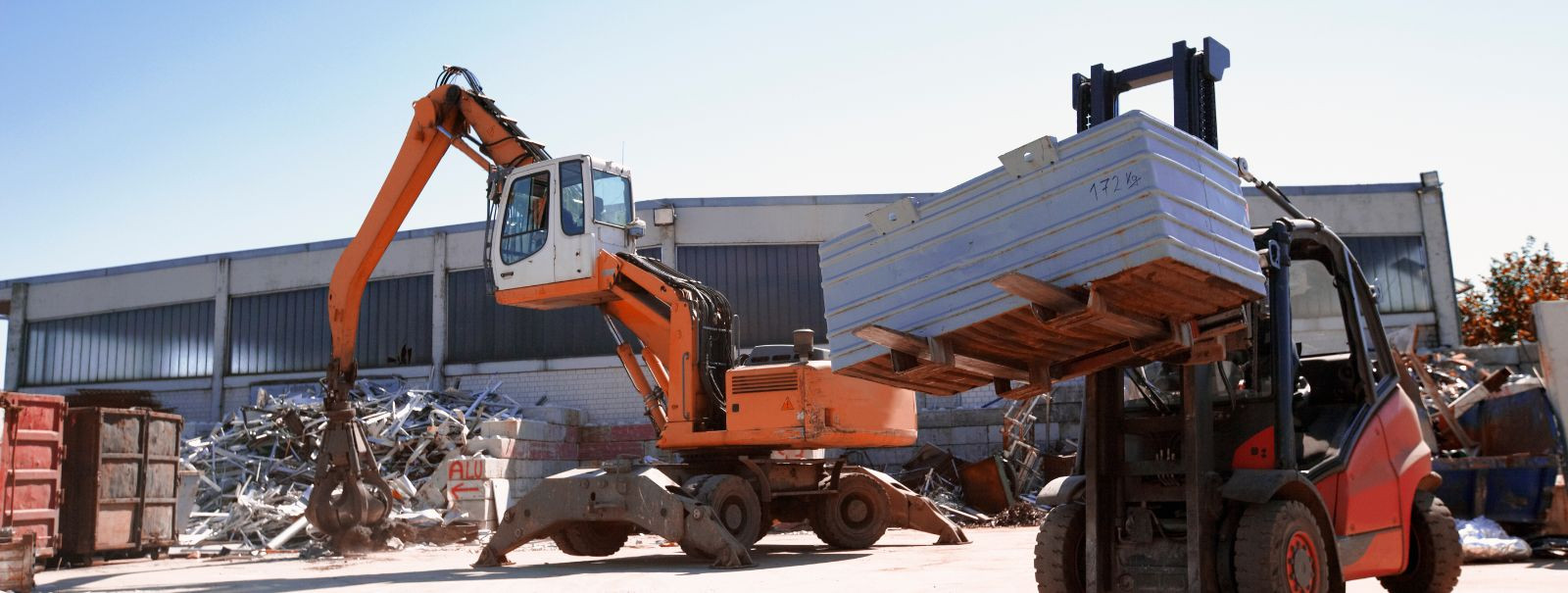Unloading best practices for construction sites
Efficient unloading practices on construction sites are crucial for maintaining project timelines, reducing costs, and ensuring the safety of workers. Proper unloading techniques can significantly minimize the risk of damage to materials and equipment, which is essential for the success of any construction project.
Unloading materials and equipment on construction sites can pose various risks, including personal injury, property damage, and project delays. Understanding these risks is the first step towards implementing best practices to mitigate them.
Preparation: The Key to Successful Unloading
Before any unloading begins, a thorough site assessment is necessary to identify potential hazards and plan for the safe and efficient movement of materials. This includes evaluating access points, ground conditions, and space constraints.
All equipment and materials should be inspected upon arrival to ensure they are in good condition and safe to use. This step is vital to prevent accidents caused by defective equipment or damaged materials.
Effective communication and coordination with suppliers are essential to ensure that deliveries are scheduled and executed in a manner that aligns with the site's operational requirements.
Unloading Procedures and Techniques
Specialized techniques and equipment are required to unload heavy machinery safely. Operators must be trained and competent in the use of cranes, forklifts, and other unloading aids.
Building materials must be handled with care to prevent damage. This includes using the appropriate lifting techniques and equipment to move heavy or bulky items.
Unloading aids such as pallet jacks, conveyors, and hoists can greatly enhance efficiency and safety on site. Selecting the right tool for the job is a critical decision that can affect the entire unloading process.
Safety Measures During Unloading
Workers must be equipped with the necessary PPE, including hard hats, safety boots, gloves, and high-visibility clothing, to protect against potential hazards during unloading.
Clear communication and proper signaling are vital to coordinate the unloading process and prevent accidents. This includes using hand signals, radios, and other communication devices.
Construction sites must have emergency procedures in place to respond to any incidents that may occur during unloading. This includes having first aid kits, fire extinguishers, and evacuation plans readily available.
Post-Unloading Operations
After unloading, it is important to clean up the area to prevent tripping hazards and maintain a safe working environment.
Regular maintenance of unloading equipment is necessary to ensure its reliability and safety for future operations.
Accurate documentation and reporting of unloading activities help track the flow of materials and equipment on site and can be useful for inventory management and incident reporting.






Comments (0)